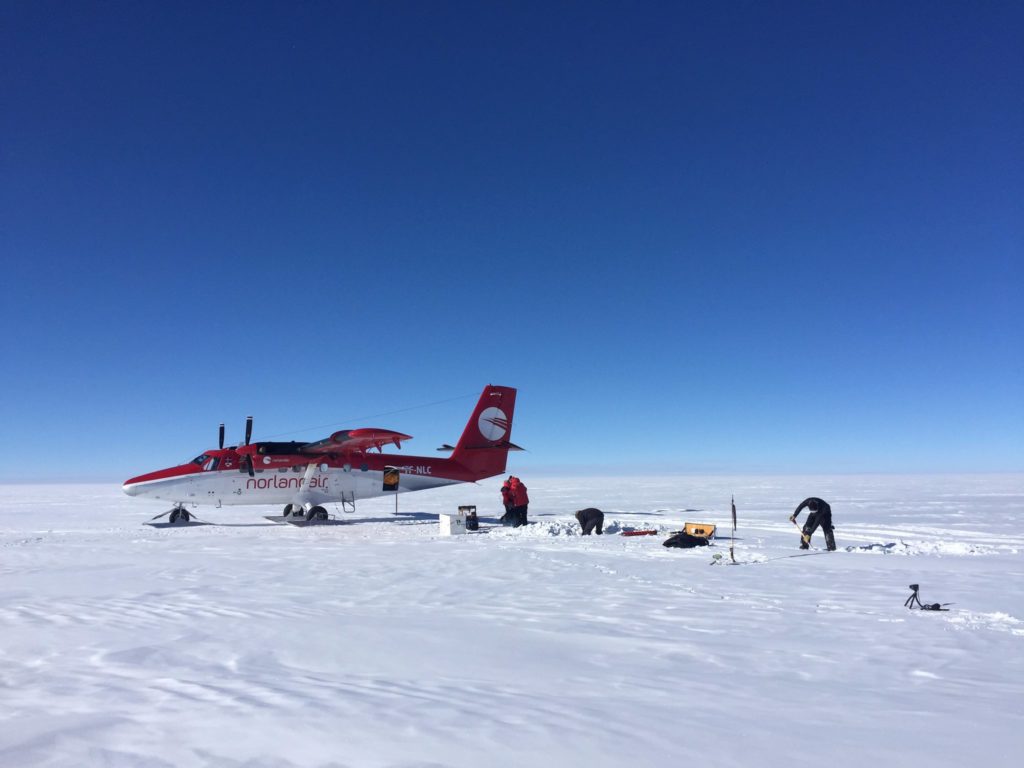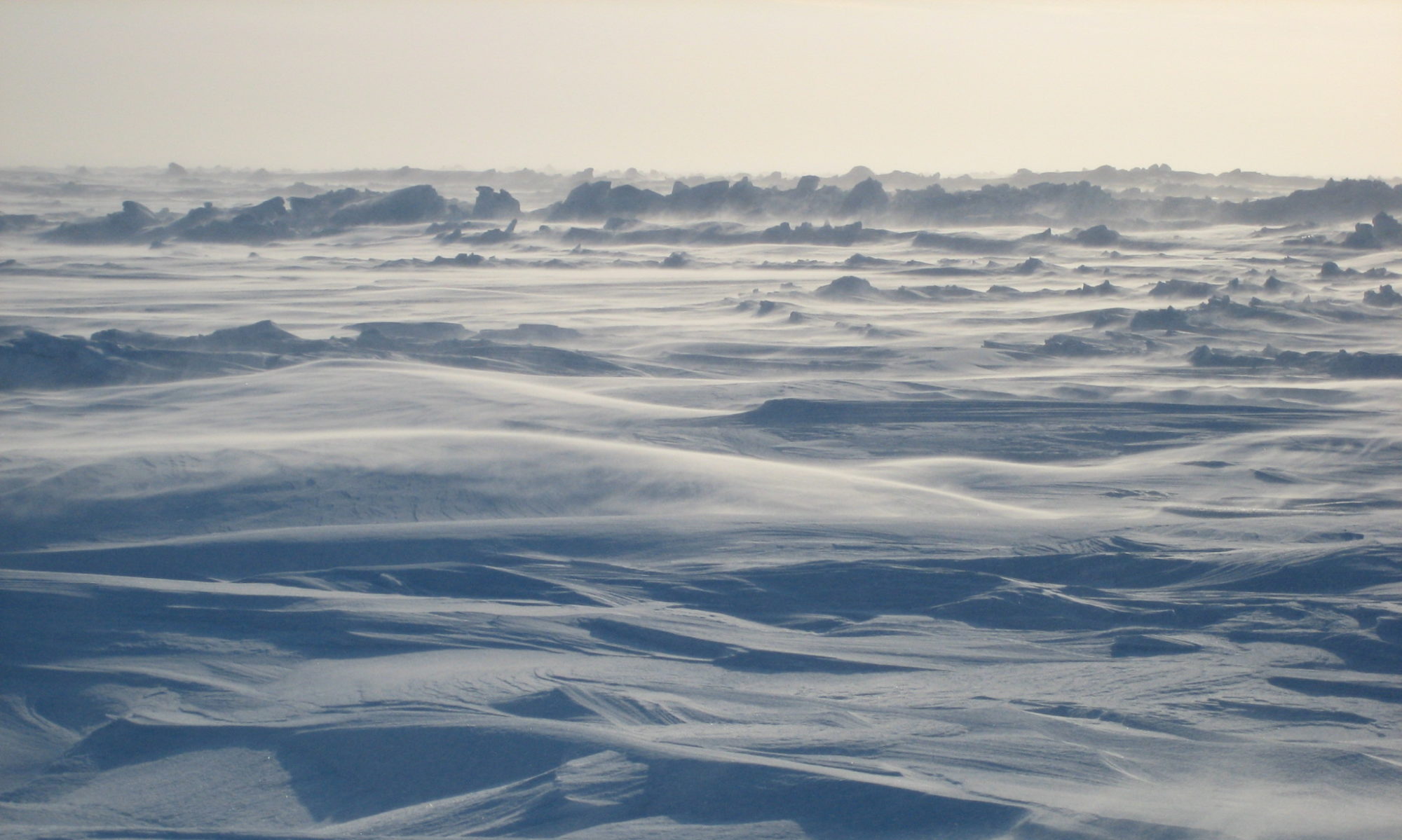We have just been involved in constraining the model range for firn model for the Greenland Ice sheet within the RETMIP project. The study was lead be GEUS and a summary of the findings is found below.

The thick snow that blankets the Greenland ice sheet provides a key service to the Earth’s system: the thick snow layer acts like a sponge when the surface of the ice sheet melts in the summer and prevents every year gigatons of meltwater to be poured into the ocean and contribute to sea-level rise. In a warming climate, we need computer models that can describe how this snow layer can retain meltwater generated at the surface of the ice sheet; and that is no easy task. Meltwater infiltrates and potentially refreezes in the snow depending on various parameters: the snow density and temperature, for example, or on how thick ice layers it contains. Multiple computer models are currently being used to simulate the retention of meltwater on the Greenland ice sheet. Yet, these models had never been evaluated on the same weather data input, until this new study.
A team of 23 researchers representing 18 research institutes and lead by Baptiste Vandecrux has evaluated nine snow models at four sites. These sites were chosen to represent the various climate present at the surface of the ice sheet: from cold and low-snowfall areas to warm and high-snowfall areas. What they found was striking: the snow models agree relatively well in the absence of melt, but the more melt was generated at the surface, the more models disagreed on where the water should infiltrate, whether it should refreeze and be retained or whether it should initiate a downslope flow towards the margin of the ice sheet and the ocean. Luckily, such a comparison exercise allows the team of researchers to identify key issues that snow models should address in the future. This greater insight on how snow models retain or not meltwater will hopefully allow the improvement of these models and allow a more accurate estimation of the current and future contribution of the Greenland ice sheet to sea-level rise.
The study was published in The Cryosphere and is available at : https://doi.org/10.5194/tc-14-3785-2020
